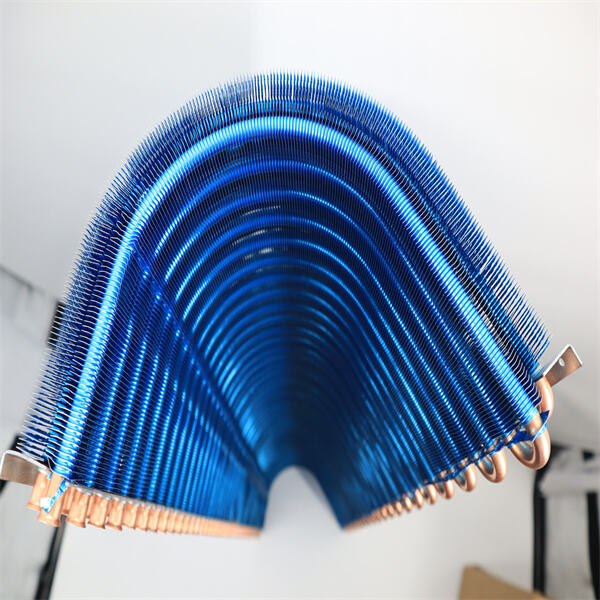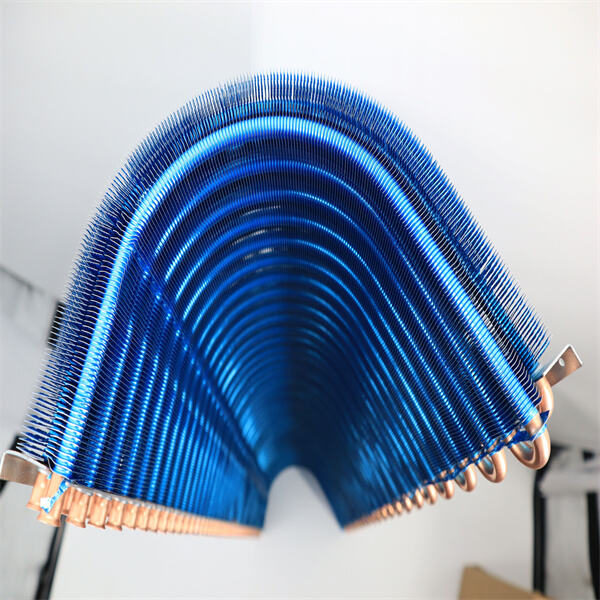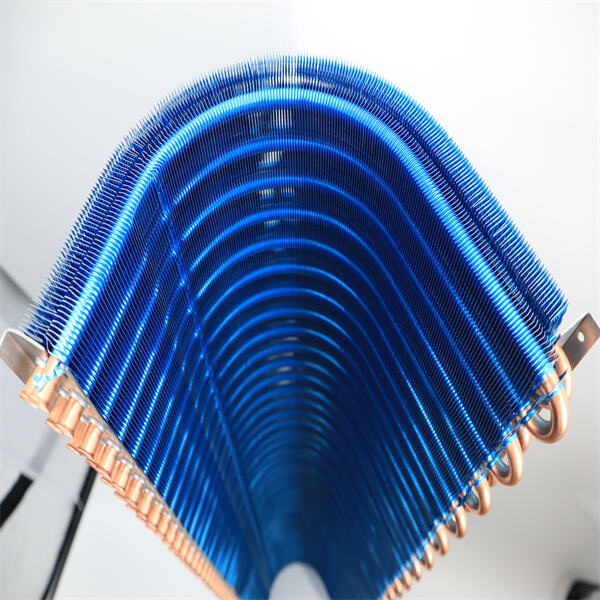Heat exchangers are apparatuses designed to transfer heat from one place to another. Their function is to extract heat from a liquid such as hot water or steam and direct it towards another like cold water or air. This process by which the heat is transferred from one fluid to another is called as Heat Transfer. Since heat exchangers are applied in a lot of places such as factories, power plants or even our homes they become very important. Below them, how would we manage heat in these systems?
In order to have a clear picture of the operation mechanism behind heat exchangers, few things about how hear transfer works are explained. Heat is a form of energy that flows from hot to cold objects. When you touch a hot stove for example, heat is transferred from the stove to your hand which in turn makes it feel warm. Here is a good reason to be wary of hot surfaces. There are three mechanisms to the movement of heat- conduction,convection and radiation.
Convection happens when heat is carried away by moving fluids like air and water. It is a very significant heat transfer mechanism in the case of various type of devices like Heat exchangers. As an example, hot water flows through a heat exchanger and by convection drops off its heat with the cold water that is also flowing through the exchanger.
It is a heat transfer process called radiation, which occurs without any direct contact between the objects. As an example, consider how the Earth is heated by the sun in a simple way. This is because the heat from the sun travels through space — but since there are no molecules in a vacuum, it warms our planet up without having to touch us.

Heat exchangers are wonderful in that they can help save energy. They extract heat from a hot liquid and then move it to flow in some cold one, doing so without losing any energy. In an process oven - It is very evident and widely used but, with use of heat exchanger we can save about 25 to 35% energy; for example a factory which heats the water that passes through several steps/level in them same plant, now since it's hot first step possible alternative cold fourth level so one more heater duty could be avoided. This way no heat energy is being wasted, which leads to significant savings on your monthly bills.

The difference of temperature between the two liquids plays an important role in heat transfer. More heat gets transferred with a greater temperature difference. This is why it matters to design heat exchanger with the proper temperature difference in mind. This is an important consideration for engineers to ensure that the heat exchanger functions effectively.

A particularly intriguing design is the microchannel heat exchanger. Another way to these heat exchangers are that they appear like tiny channels, only a few millimeters wide. These tiny channels are able to deliver a good thermal performance in a very small volume due to the high area-to-volume ratio. That makes them ideal candidates for this kind of heat exchange.